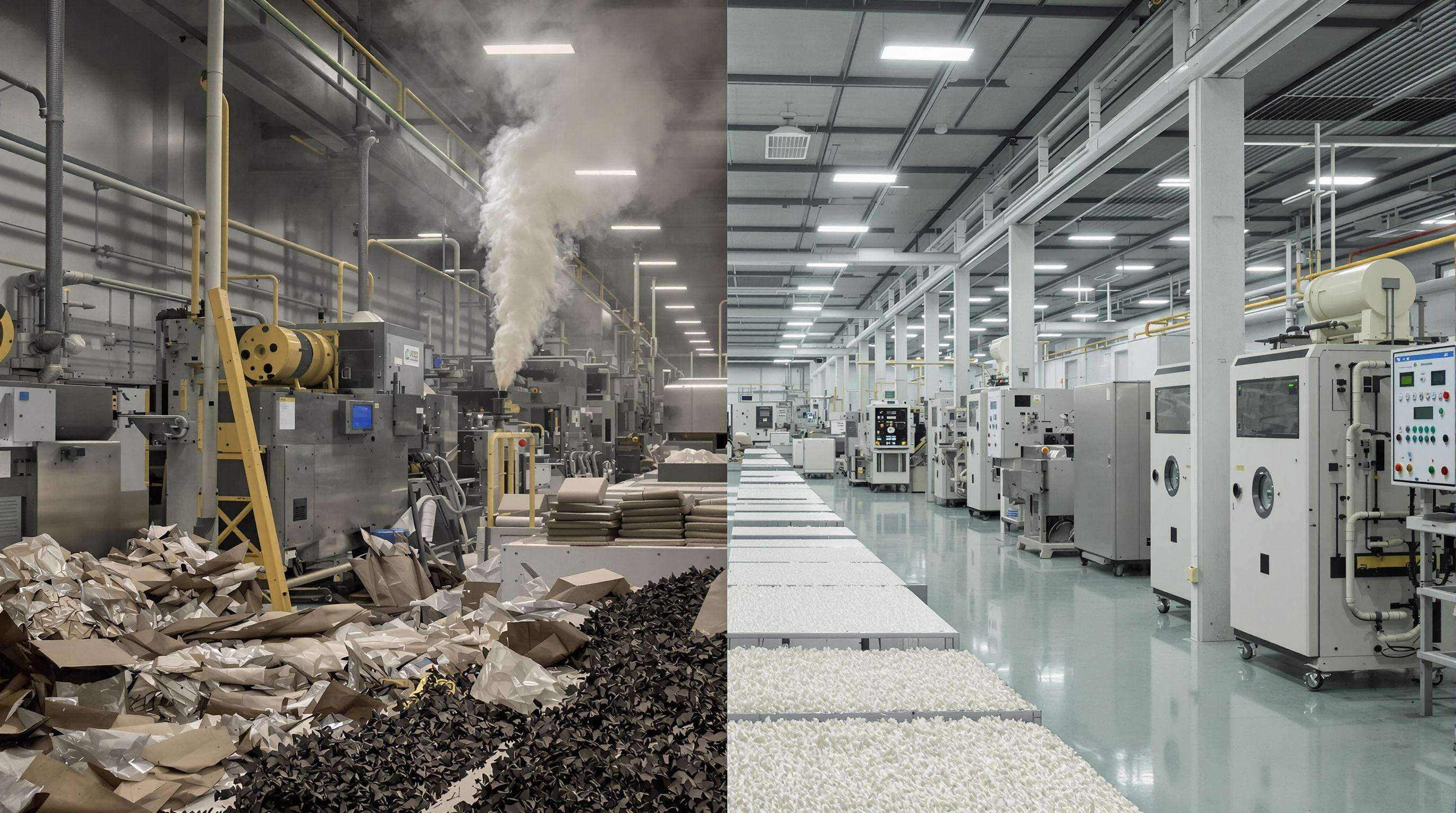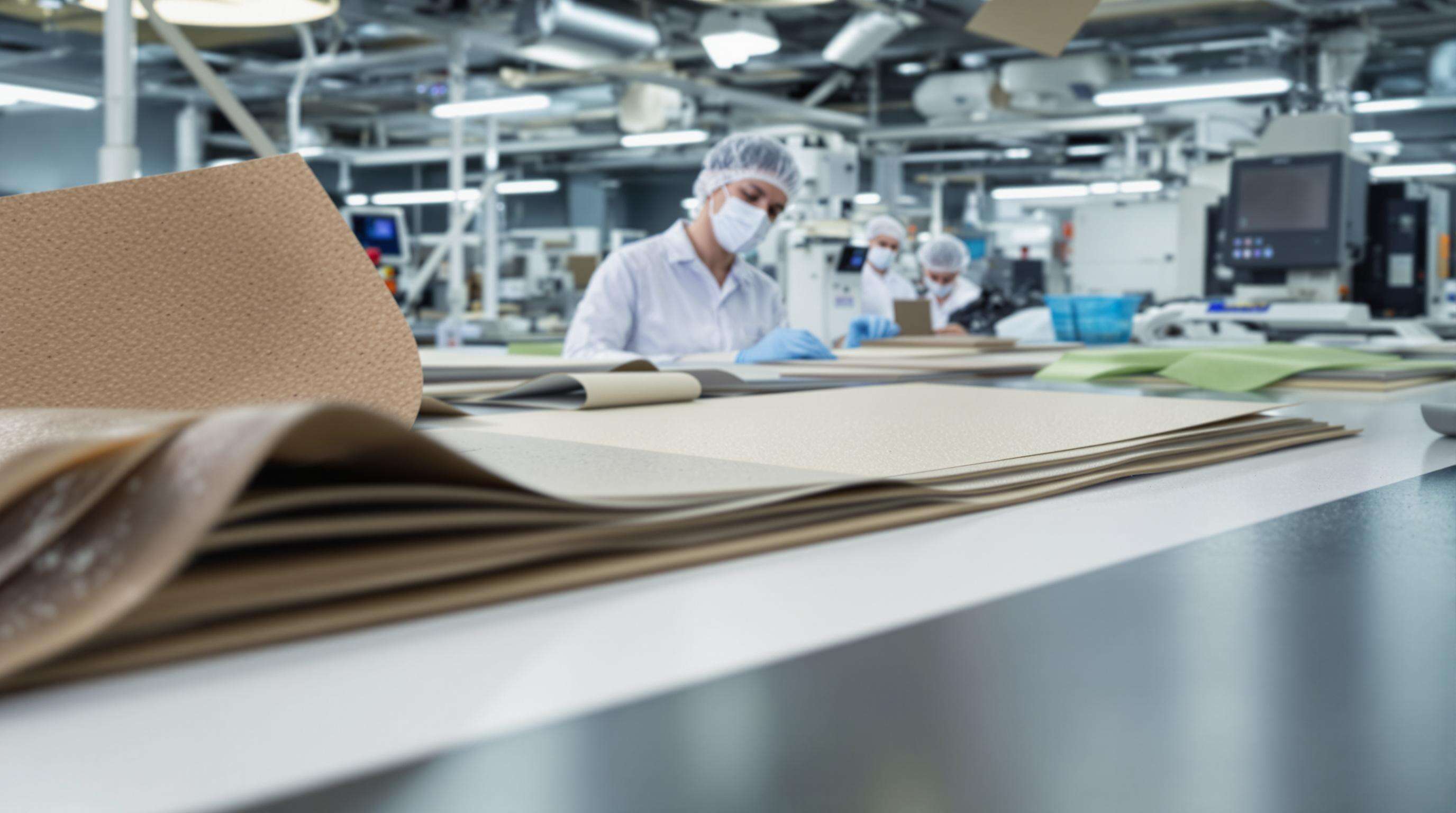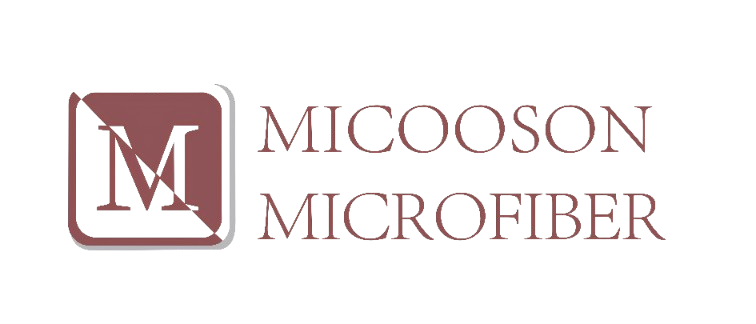PU Leather Sheets With Low-VOC Backing for Eco-Friendly Furniture Lines
The Shift to Sustainable PU Leather Sheets in Modern Furniture Design
Why PU Leather Sheets Are Gaining Popularity in Eco-Friendly Upholstery
Polyurethane leather is becoming increasingly important in eco-friendly furniture making because it manages to strike a good balance between being kind to the planet and still performing well in actual use. According to research published in the Journal of Leather Science last year, new PU formulas cut down on chemical processing needs by around 40 to 60 percent when compared to regular leather manufacturing methods. This addresses some major environmental issues related to resource consumption and harmful waste products. Most big name producers these days focus on three main things when developing their products:
- Ethical material sourcing (no animal-derived components)
- Low-VOC backing layers that meet strict indoor air quality standards
- Closed-loop manufacturing recovering 92% of solvent waste
This shift aligns with growing consumer demand for eco-friendly synthetics, which has increased 18% annually since 2020 as buyers prioritize non-toxic, sustainable furnishings.
Rising Demand for Sustainable Synthetic Leather in Home Furnishings
Around two thirds of sustainable PU leather gets used in residential furniture these days, mainly because places like California have strict rules about VOC levels through their CARB program. Most designers really like working with PU sheets since they offer uniform texture and coloring that works well when making lots of pieces at once. Plus, studies show PU leaves behind about 35 percent less carbon waste compared to regular cowhide leather. With both looks staying consistent across batches and being better for the planet, it's no wonder why so many manufacturers are turning to PU leather for their upholstery projects lately.
How Low-VOC PU Resins Are Influencing Material Selection for Designers
Innovations in water-based PU resins have resolved past durability concerns, enabling high-performance, health-conscious materials that meet rigorous building standards. Modern formulations deliver significant improvements:
| Property | Traditional PU | Low-VOC PU | Improvement |
|---|---|---|---|
| Scratch Resistance | 2H | 3H | +50% |
| Fade Resistance (UV) | 500 hours | 1,200 hrs | 140% |
| VOC Emissions | 220 µg/m³ | 14 µg/m³ | -94% |
These advancements support compliance with WELL Building Standard v2, allowing designers to maintain luxury aesthetics without compromising indoor air quality or environmental goals.
Case Study: Leading Furniture Brands Adopting Low-VOC PU Leather Sheets
Top European furniture makers saw a 35% drop in factory emissions last year when they switched to low VOC PU leather, and customers still rated the product quality at around 99% satisfaction for how soft it feels and how colors hold up over time. What makes this interesting is how these companies are actually making PU leather part of their circular design strategy. Many have started take back programs where about 85 percent of what gets cut away during production gets turned into new backing material instead of going to landfill. This approach cuts down on waste while also strengthening the sustainability angle across their entire supply chain network.
Environmental and Health Impacts of Traditional vs. Low-VOC PU Leather Production

VOC Emissions and Hazardous Chemicals in Conventional PU Leather Manufacturing
Most traditional PU leather production involves solvent-based processes that emit volatile organic compounds (VOCs), including substances such as toluene and methylene chloride. These chemicals have been connected to problems with indoor air quality and pose serious health risks for workers in manufacturing environments. Factory reports show some places measuring VOC concentrations over 500 parts per million, which is way beyond the standard safety threshold of around 50 ppm. Looking at carbon footprint, conventional manufacturing creates approximately 9 kilograms of CO2 equivalent for every square meter produced, adding significantly to overall climate effects. There's another concern too: phthalates added to make coatings softer tend to stick around in nature long after disposal. Studies indicate these compounds can disrupt hormone systems in fish populations, pointing toward wider ecological issues that go beyond just factory walls.
Toxicity Concerns in PU Leather: Separating Myths from Scientific Evidence
Critics love to paint synthetic materials as poison just because they're man-made, but looking at their entire life cycle tells a different story altogether. The problem with petroleum-based polyurethanes is simple enough - these things don't break down naturally and end up creating microplastic messes everywhere. On the flip side though, newer versions labeled as low VOC actually cut down harmful gas emissions by around 98% when compared to what was available back in the day. Most people worry about allergies from PU products, but research shows otherwise. Out of all those tested samples, only about 3% had any measurable amount of stuff that might cause allergic reactions like isocyanates. Still worth mentioning though, cheaper options tend to have lingering formaldehyde issues which is why smart shoppers look for certification marks like OEKO-TEX before buying anything made with synthetic materials.
Health and Safety Benefits of Low-VOC and Solvent-Free Backing Technologies
Switching to water-based PU adhesives cuts down on workplace VOC exposure by around 87%. And the bonding strength is just as good as what we get from traditional solvent-based systems. No solvents means no exposure to DMF either, that dangerous foaming agent which has been known to cause liver problems among textile workers for years now. Plus, these new methods save about 40% on energy costs and cut curing time nearly in half compared to older techniques. Manufacturers who made the switch early on, especially those making medical furniture, have seen their staff asthma complaints drop by roughly 22%. Makes sense when you think about it, the cleaner air in production areas really does make a difference for worker health, particularly where sensitive patients might be exposed later.
Innovations in Eco-Friendly PU Leather Formulations and Manufacturing

Water-Based and Solvent-Free PU Technologies Driving Sustainability
Water-based PU dispersions have become really important in green manufacturing practices because they cut down on those harmful solvent emissions without sacrificing what manufacturers need from their products. Most industry experts think this tech will keep pushing forward in synthetic leather coatings right up until around 2025 or so. The numbers back this up too some companies report cutting VOC emissions by roughly 40% compared to old solvent methods. What makes these waterborne formulas work so well is that they still hold onto key properties such as resisting wear and tear plus maintaining that nice soft feel customers want. For furniture makers trying to go greener, this means they can offer high quality products without compromising on look or durability.
Technical Advances in Low-VOC Emissions and Green Chemistry
Recent advances in green chemistry are making it possible to create PU resins containing as much as 70% bio content through the use of plant-based polyols and safer catalysts. Scientists working on this have found ways to tweak the block copolymer structures so they get just the right mix of toughness and bendiness needed for different applications. According to findings published last year, switching to aliphatic isocyanates cuts down on harmful exposures in manufacturing environments by around 60% when compared with traditional aromatic versions. This represents real progress in developing materials that are both better for workers' health and more environmentally friendly over time.
Balancing Durability and Environmental Performance in Modern PU Leather
The latest crosslinking tech is making products last longer and be better for the environment when they reach their end of life. Take these new TPU sheets for instance. They can handle around 50 thousand double rub tests before showing wear, which puts them right up there with regular leather in terms of durability. But here's the kicker they achieve this toughness while cutting down on petrochemical usage by about 90%. For furniture makers aiming at those circular economy goals, this means they get all the benefits of long lasting materials without having to compromise on how things look or perform. The automotive industry has already started adopting these sheets for high-end car interiors where both style and substance matter.
Applications of PU Leather Sheets in Sustainable Furniture and Upholstery
Performance and Aesthetic Advantages of PU Leather in Furniture Design
Polyurethane leather sheets really stand out when it comes to resisting wear and tear. They can handle over 15,000 double rubs before showing signs of damage, plus they resist fading much better than most materials. The moisture resistance is actually about 43% better than what we see in porous alternatives, which makes these sheets great choices for everything from home decor to office furniture setups. What's interesting is how consistently smooth their surfaces are, allowing manufacturers to press all sorts of textures onto them. Think about those fancy exotic grain patterns or simple modern looks that just don't come through as well with regular leather because nature throws curveballs sometimes. Plus, since PU leather isn't heavy like traditional options, it puts less stress on furniture frames. This means designers can get creative with those cool curved pieces that look amazing but might break apart if made with heavier materials. And let's not forget about color retention either. These pigments stay vibrant for around five times longer compared to solvent-based finishes, so even after years of sitting in sunlight, the colors won't fade away like they do with other types of leather.
Why Designers Are Switching to PU Leather for Eco-Conscious Collections
More designers are turning to PU leather these days because it meets both ethical standards and regulations while still looking good. People want sustainability too - about two thirds actually care enough about eco-friendly stuff when shopping for furniture, per the latest Consumer Sustainability Index from 2024. The water-based production process gets rid of those nasty chemicals found in traditional methods and lasts way longer than most people need, hitting over 50 thousand abrasion cycles easily. Money matters too. Materials cost around 60 percent less compared to real full-grain leather, which means more folks can afford green options without breaking the bank. Looking ahead, experts predict PU synthetics could take nearly half the market share by mid next decade. Why? Because these materials can be recycled pretty well, with early tests showing they keep almost everything out of landfills at 94 percent diversion rates. Plus, many designers see this trend as a chance to get their B Corp status and rack up LEED credits through proper supply chain management practices.
Frequently Asked Questions
What is PU leather?
PU leather is a type of synthetic leather made from polyurethane, which is designed to mimic the look and feel of genuine leather.
Why is PU leather considered eco-friendly?
PU leather is considered eco-friendly because it involves less chemical processing, has lower VOC emissions, and typically follows a closed-loop manufacturing process that reduces waste.
How does the environmental impact of PU leather compare to traditional leather?
PU leather produces less carbon waste than traditional leather and utilizes more sustainable production methods, reducing its overall environmental footprint.
What are VOCs and why are they important in the context of PU leather?
VOCs, or volatile organic compounds, are chemicals that can emit harmful gases into the air. Low-VOC PU leather significantly minimizes these emissions, leading to better indoor air quality.
Can PU leather be used in car interiors?
Yes, PU leather can be used in car interiors, providing both durability and style while reducing the use of petrochemicals.

 EN
EN







